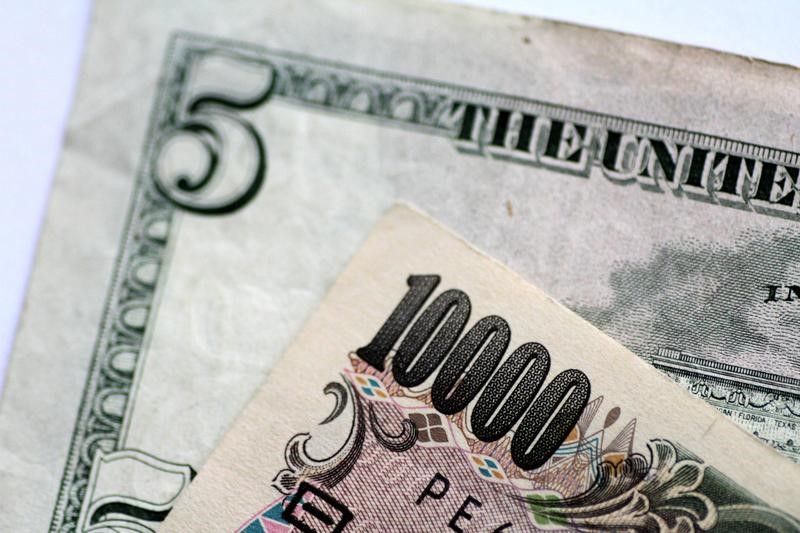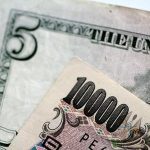
Regional currencies saw little support even as traders priced in an increased chance of a September interest rate cut by the Federal Reserve. Anticipation of more cues from the Fed and on the U.S. labor market kept appetite for risk-driven assets limited.
The Japanese yen continued to lag its Asian peers, with the USDJPY pair, which gauges the number of yen needed to purchase one dollar, up 0.1% at 161.64 yen. The pair hovered around its highest level since 1986.
Sustained weakness in the yen sparked continued speculation over potential government intervention in currency markets. Japanese ministers said they remained vigilant over currency market moves, although the USDJPY pair was trading comfortably above the 160 yen level that had last spurred intervention in May.
Traders speculated that the government could be waiting for low market volumes during the July 4 independence day holiday to intervene.
The dollar index and US Dollar Index Futures steadied in Asian trade after rebounding from recent losses on Monday, with more cues on the Fed and U.S. interest rates due this week.
Fed Chair Jerome Powell is set to speak at a European Central Bank conference on Tuesday, while the minutes of the Fed’s June meeting are due on Wednesday.
Key nonfarm payrolls data for June is due on Friday, and is set to offer more insight into the labor market, which is also a key consideration for the Fed in cutting interest rates.
The dollar saw some weakness last week as traders upped their bets on a 25 basis point rate cut in September. But a slew of Fed officials maintained that the central bank will need more confidence in cooling inflation before trimming rates.
The Australian dollar’s AUDUSD pair fell 0.4% on Tuesday as the minutes of the Reserve Bank of Australia’s latest meeting gave no clear signals on rate hikes.
While the minutes showed policymakers had considered a rate hike in the face of sticky inflation, they had eventually settled on keeping rates steady.
This, according to ANZ analysts, was “no smoking gun… to suggest a rate hike in August is the base case for the RBA,” and that they expected the bank to keep rates steady until a cut in February.
But UBS analysts argued that any more signs of sticky inflation was likely to invite an August hike, boosting inflation.
Broader Asian currencies were largely muted. The Chinese yuan’s USDCNY pair remained at seven-month highs, while the Singapore dollar’s USDSGD pair rose slightly. The South Korean won’s USDKRW pair rose 0.5% as data showed inflation cooled more than expected in June.
The Indian rupee’s USDINR pair fluctuated around the mid-83 level, remaining close to recent record highs.
To read the full article, Click Here

